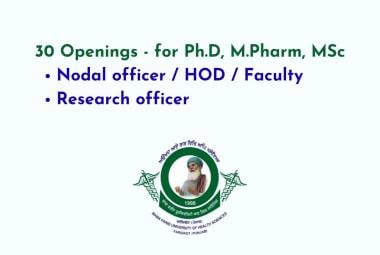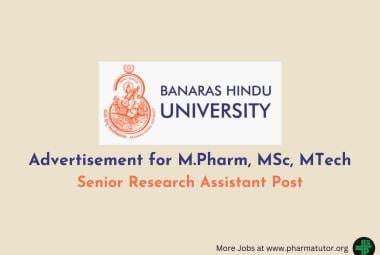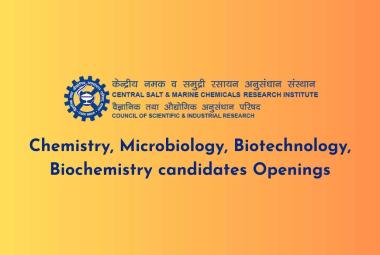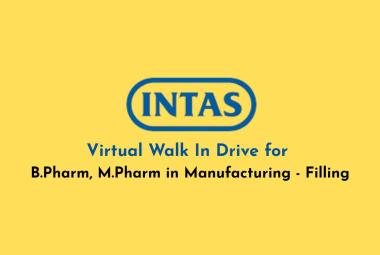




September 2016 ARTICLE LIST >>
PharmaTutor (September - 2016)
Print-ISSN: 2394 - 6679
e-ISSN: 2347 - 7881
(Volume 4, Issue 9)
Received On: 01/03/2016; Accepted On: 08/04/2016; Published On: 01/09/2016
AUTHORS:
Anita Singh
Department of Home Science, Kr. R.C.M. P.G College Mainpuri, U.P., India
dranitasinghkrcm@gmail.com
ABSTRACT: Human immunodeficiency virus (HIV) is a lent virus (slowly-replicating retrovirus) that causes acquired immunodeficiency syndrome (AIDs). Infection with HIV occurs by the transfer of blood, semen, vaginal fluid, pre-ejaculate, or breast milk. Within these bodily fluids, HIV is present as both free virus particles and virus within infected immune cells. HIV enters macrophages and CD4+ T cells by the adsorption of glycoproteins on its surface to receptors on the target cell followed by fusion of the viral envelope with the cell membrane and the release of the HIV capsid into the cell. There is no cure for HIV/AIDS, but a variety of drugs can be used in combination to control the virus.
How to cite this article: Singh A; Acquired Immunodeficiency Syndrome (AIDS): A Review; PharmaTutor; 2016; 4(9); 29-32
[ABSTRACT WITH CITATION] [VIEW AS HTML]

REFERENCES:
1. Shapiro S, Guggenheim B.; Quantitative Structural Activity Relationship; 1998; 17; 327.
2. Mandloi D, Joshi S, Khadikar P.V, Khosla N.; Bioorganic Medicinal Chemistry Letters; 2005; 15(2); 405-411.
3. Palella FJ, Delaney KM, Moorman AC, Loveless MO, Fuhrer J, Satten GA, Aschman DJ, Holmberg SD; Declining Morbidity and Mortality among Patients with Advanced Human Immunodeficiency Virus Infection; N England Journal of Medicine; 1998, 338(13); 853-860.
4. Theodore C Pierson, Robert W Doms; HIV-1 entry inhibitors, new targets, novel therapies; Immunology Letters; 2003; 85(2); 113-118.
5. Weiss RA; How does HIV cause AIDS?; Science; 1993 (5112); 1273–1279.
6. Douek DC, Roederer M, Koup RA; Emerging Concepts in the Immunopathogenesis of AIDS; Annual Review of Medicine; 2009; 60; 471-484.
7.Gilbert PB, McKeague IW, Eisen G, Mullins C, Guéye-Ndiaye A, Mboup S, Kanki PJ; Comparison of HIV-1 and HIV-2 infectivity from a prospective cohort study in Senegal; Statistics in Medicine; 2003; 22 (4); 573-593.
8. National Institute of Health Crystal structure of key HIV protein reveals new prevention; treatment targets (Press release); 1998.
9. Pope M; Haase A; Transmission, acute HIV-1 infection and the quest for strategies to prevent infection; Natural Medicine; 2003; 9(7); 847-852.
10. Haedicke J; Brown C; Naghavi MH; The brain-specific factor FEZ1 is a determinant of neuronal susceptibility to HIV-1 infection; Proceedings of the National Academy of Sciences; 2009 106 (33); 14040–14045.
11. Hiscott J, Kwon H, Genin P; Hostile takeovers, viral appropriation of the NF-kB pathway; Journal of Clinical Invest.; 2001; 107(2); 143-151.
12.Hallenberger S, Bosch V, Angliker H, Shaw E, Garten W; Inhibition of furin-mediated cleavage activation of HIV-1 glycoprotein gp160; Nature; 1992; 360(6402); 358-361.
13. Deng H, Liu R, Ellmeier W, Choe S, Unutmaz D, Burkhart M, Di Marzio P, Marmon S, Sutton RE, Hill CM, Davis CB, Peiper SC, Schall TJ, Littman DR, Landau NR; Identification of a major co-receptor for primary isolates of HIV-1; Nature; 1996; 381(6584); 661-666













